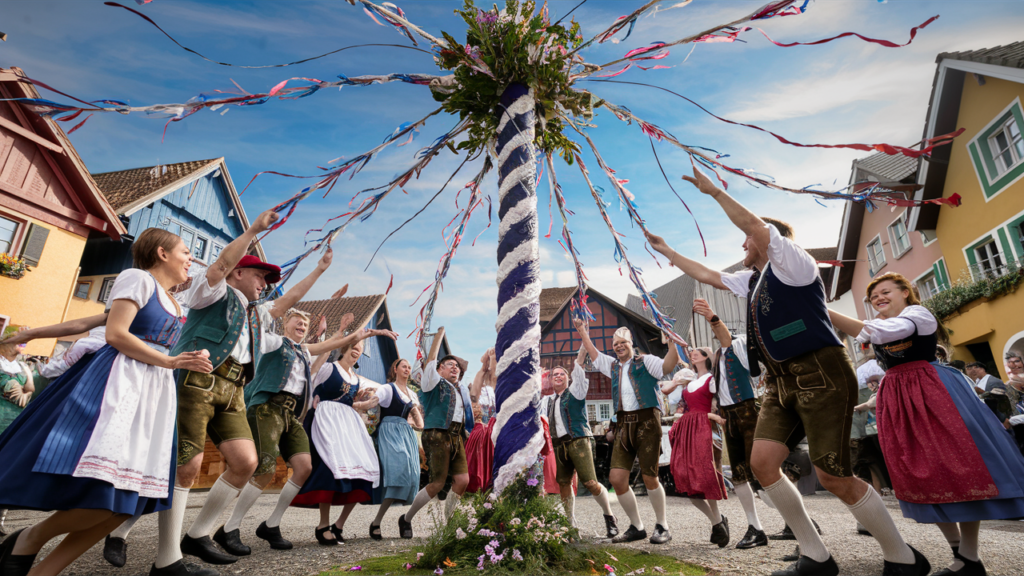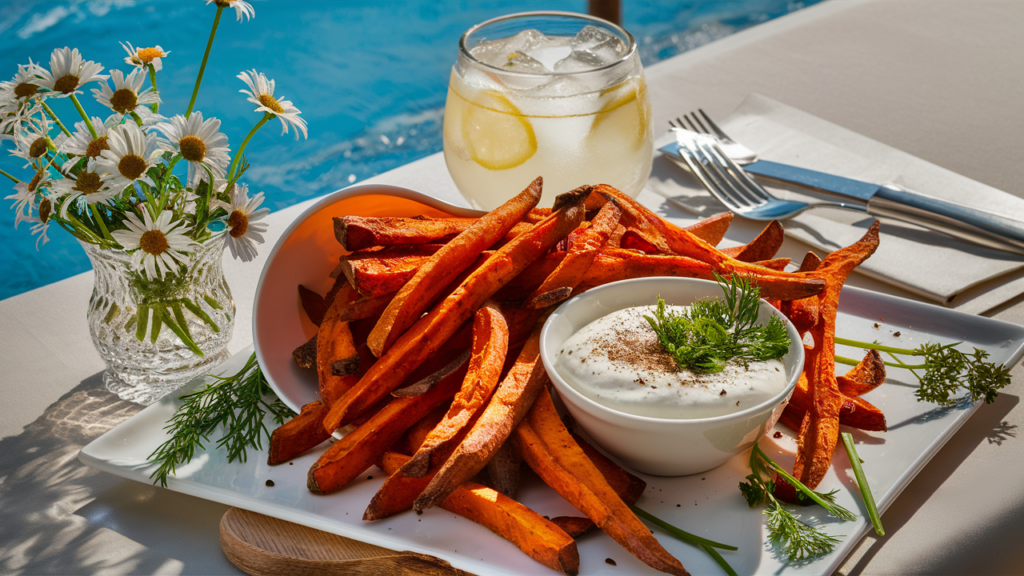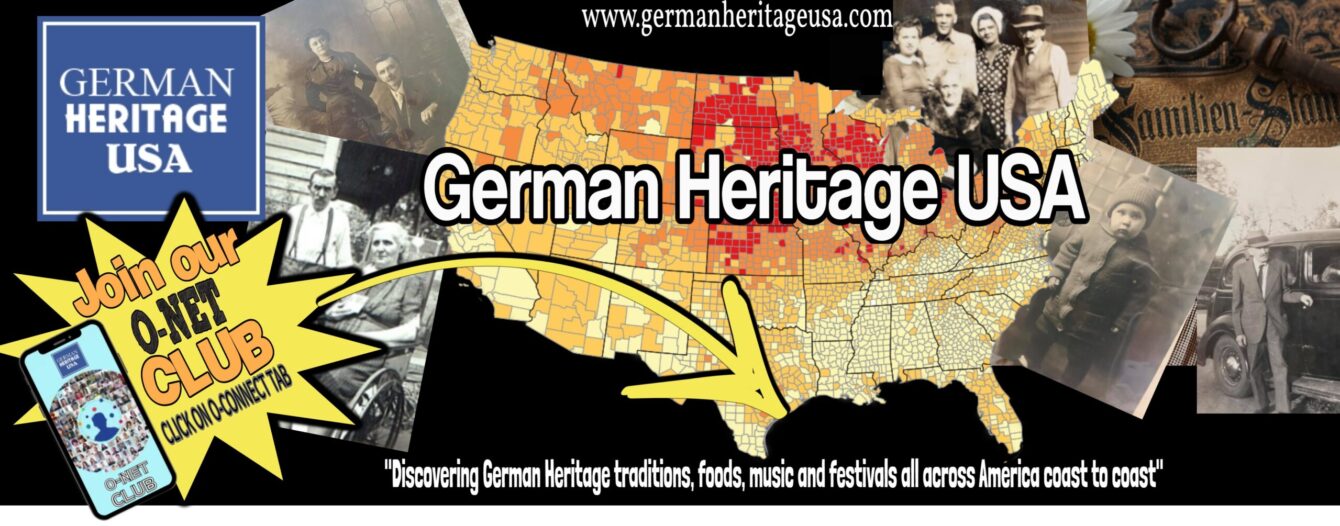Celebrating Spring’s Arrival With Maifest Delights
GERMAN HERITAGE USA | AFFILIATE DISCLAIMER: This post may or may not contain affiliate links which means we may receive a commission for purchases made through links. We will only recommend products that we have personally used or that we truly trust. Learn more on our Private Policy and Disclaimer Page located under our Terms Of Service tab above.
As the whispers of winter fade and spring bursts forth in a vibrant display of color, Germany and German communities worldwide come alive with a joyous celebration – Maifest, or May Day.

This festive tradition, held annually on May 1st, marks the arrival of spring with lively music, delicious food, and a symbolic dance around the Maibaum (Maypole). This article delves into the rich history of Maifest, explores its symbolism and traditions, and delves into how German-American communities across the USA recreate this vibrant celebration.
A Tapestry of History: Unveiling the Roots of Maifest
The origins of Maifest stretch back centuries, weaving together ancient Celtic traditions with later Germanic customs. Here’s a glimpse into the historical roots of this beloved spring festival:
- Celtic Roots: The Celts, who celebrated Beltane on May 1st, marked the beginning of summer with bonfires and rituals honoring fertility and growth. These traditions laid the groundwork for later spring celebrations in Europe.
- Germanic Customs: For Germanic tribes, May 1st marked the beginning of the pastoral season. They celebrated with bonfires, feasting, and offerings to deities associated with fertility and agriculture.
- Christianization: With the arrival of Christianity, May 1st became associated with Saints Philip and James. However, many of the older pagan customs remained intertwined, creating a unique blend of traditions within Maifest celebrations.
The Symbolism of the Maibaum: A Centerpiece of Maifest
The Maibaum, a tall decorated pole often made of spruce or pine, is the central symbol of Maifest. It’s more than just a decorative element; it’s imbued with rich symbolism:

- Fertility and Growth: The tall, straight pole represents the burgeoning life force of spring. The greenery adorning it symbolizes the new life and growth associated with the season.
- Community Spirit: The Maibaum, often erected by the entire community, represents unity and collective celebration. The act of raising it together signifies the strength and cooperation within the community.
- Warding Off Evil: Traditionally, the Maibaum was believed to ward off evil spirits and protect the community from misfortune. The colorful decorations and the act of raising it served as a symbolic act of protection.
Wrapping the Maibaum: A Skillful Tradition
The Maibaum isn’t just erected; it’s elaborately decorated. Here’s a glimpse into the traditional method of wrapping the Maibaum:
- Spiral Decorations: Strips of birch bark or colorful ribbons are spiraled upwards around the pole, creating a vibrant and visually stunning effect.
- Symbolic Elements: Wreaths of greenery, flowers, and sometimes even small symbols like heraldic shields are incorporated into the wrapping.
- A Skilled Task: Wrapping the Maibaum is often considered a skilled task, often undertaken by experienced individuals or community groups who have honed their technique over the years which adds to the symbolism and visual appeal of the Maibaum.
Maifest in Germany: A Celebration of Spring’s Bounty
Maifest celebrations in Germany are vibrant and diverse. Here’s a glimpse into the sights, sounds, and tastes that define this festive occasion:
- Traditional Food: Maifest features an array of delicious German fare. Expect sausages (Bratwurst and Weisswurst), potato salad (Kartoffelsalat), pretzels (Brezeln), and sweet treats like Baumkuchen (layered cake) to be staples at Maifest gatherings.
- Festive Beverages: Maibowle, a refreshing punch made with wine, fruit, and herbs, is a popular drink enjoyed during Maifest. Beer, especially lighter varieties like Helles, are also popular choices.
- Maypole Dancing: One of the most captivating aspects of Maifest is the Maypole dance. Ribbons are attached to the top of the Maibaum, and participants weave intricate patterns around the pole as it stands tall in the center of the festivities.
Maifest in America: Keeping Traditions Alive
Across the USA, German-American communities proudly preserve the Maifest tradition, especially in community elementary schools on Mayday. Here’s how these vibrant celebrations unfold:

- German-American Festivals: Many cities with significant German-American populations host Maifest festivals featuring traditional food stalls, beer gardens, and live music performances. Maypole dancing demonstrations or even competitions might be a highlight.
- Schools, Cultural Centers and Associations: American elementary schools, German cultural centers and associations often organize Maifest celebrations, offering an opportunity for the community to come together and celebrate their heritage.
- Family Traditions: Some German-American families keep the spirit of Maifest alive by incorporating elements like traditional food, music, or even a small Maypole into their own home celebrations.
A Taste of Spring: Maifest Delights and Recipes
Specialty Maifest Foods:
Beyond the classic German staples, Maifest also features some specialty dishes:
- Spargel (White Asparagus): This springtime delicacy, prized for its delicate flavor, often takes center stage during Maifest celebrations. Expect to find it served with hollandaise sauce or incorporated into salads and other dishes.
- Flammkuchen: This thin-crust flatbread, similar to a pizza, is topped with creamy white cheese, onions, and sometimes bacon. A delicious and satisfying option for a Maifest feast.
- Käsespätzle: These small, cheese-filled egg noodles are a comforting and delicious side dish, perfect for soaking up the flavors of sausages and other Maifest fare.
Maifest Recipe: Sweet Potato Fries with Kräuterquark Dip
This recipe adds a modern twist to the Maifest menu, offering a delicious and healthier alternative to traditional French fries.

Ingredients:
- 2 large sweet potatoes, peeled and cut into wedges
- 1 tablespoon olive oil
- 1/2 teaspoon paprika
- 1/4 teaspoon garlic powder
- Salt and freshly ground black pepper, to taste
For the Kräuterquark Dip:
- 1 cup plain whole milk yogurt
- 1/4 cup chopped fresh chives
- 1 tablespoon chopped fresh dill
- 1 tablespoon chopped fresh parsley
- 1 tablespoon lemon juice
- Salt and freshly ground black pepper, to taste
Instructions:
- Preheat oven to 400°F (200°C). Line a baking sheet with parchment paper.
- In a bowl, toss the sweet potato wedges with olive oil, paprika, garlic powder, salt, and pepper.
- Arrange the sweet potato wedges on the prepared baking sheet in a single layer.
- Bake for 20-25 minutes, or until golden brown and tender.
For the Kräuterquark Dip:
- In a bowl, combine yogurt, chives, dill, parsley, lemon juice, salt, and pepper. Stir well to combine.
- Serve the sweet potato fries hot with the Kräuterquark dip on the side.
Maifest Music: A Soundscape of Celebration
The spirit of Maifest is reflected in the lively music that fills the air. Here’s a glimpse into the musical tapestry of Maifest celebrations:
- Traditional Folk Music: Lively polka tunes and traditional German folk songs are a staple of Maifest celebrations. Accordions, clarinets, and oompah bands create a festive atmosphere.
- Modern Takes: Some Maifest events incorporate more modern music alongside traditional tunes, creating a vibrant and inclusive soundscape that appeals to all ages.
- Singalongs: Singalongs are a common feature, with everyone joining in to celebrate spring and the joy of the Maifest tradition.
Places to Celebrate Maifest Across America
Here’s a glimpse into some of the cities and regions in the USA known for their vibrant Maifest celebrations:
- Cincinnati, Ohio: Home to one of the oldest Maifest celebrations in the USA, Cincinnati boasts a multi-day festival with parades, music, food, and a beautifully decorated Maibaum.
- Leavenworth, Washington:
- Brenham, Texas: This historic German town hosts a lively Maifest celebration featuring a coronation ceremony, a Maibaum raising, and a vibrant street festival with traditional food and music.
- New York City: German-American communities in New York City organize Maifest celebrations, offering a taste of German culture and tradition amidst the urban landscape.
- Midwestern Cities: Many cities in the Midwest with strong German heritage, like Milwaukee, Wisconsin, and St. Louis, Missouri, host Maifest celebrations showcasing German food, music, and traditions.
Embrace the Spirit of Maifest
Maifest is more than just a celebration of spring; it’s a reminder of cultural heritage, community spirit, and the joy of life itself.
Whether you experience it in Germany amidst the festive atmosphere, participate in a vibrant Maifest celebration in the USA, or recreate a taste of the tradition at home, embrace the spirit of Maifest by enjoying delicious food, lively music, and the simple joy of welcoming spring.
So, raise a glass of Maibowle, gather your loved ones, and let the music and dance carry you away as you celebrate the season of renewal and the enduring legacy of Maifest.
